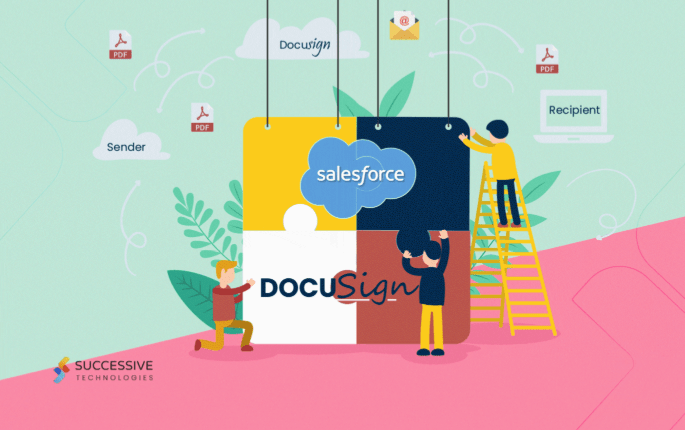Globally, the COVID-19 crisis has changed the lives of people in unprecedented ways. With travel bans, lockdowns, and imposed quarantines, this misfortune is having an impact on the global economy as well. In such a case, business leaders must make rapid decisions and take immediate actions to sustain business operations to deflect an imminent deep economic recession in the long term. To develop resilience, companies, and leaders need to review the strategies, policies, and processes to safeguard employees, customers, and operations during the crisis and at the same time maintain business continuity. In this blog, you will know what challenges business leaders are facing in the current scenario, and the solutions to overcome these challenges.
Before we move to the solutions, let’s discuss some crucial aspects to amend risks and to survive the slowdown caused by the impact of COVID19 for business and startups-
Track Expenses and Actual Revenue
The prime and important aspect is that businesses should do a proper assessment of their fixed and variable expenses as well as the actual revenues. This will give a clear picture of where a company stands financially and also help in planning ahead to stay sustained.
Evaluate Business Feasibility
Concerning the revenue and cost, it is crucial for businesses to reexamine all the important aspects to get the exact idea of what your business is lacking. Make sure you evaluate the impact on new sales, credit cycles, and potential bad debts.
Plan Policies for Future
No one can even analyze how long this epidemic will last, so it is important to be prepared for all scenarios. Businesses will need to strategize, communicate, and act with compassion during this crisis. They would need a revision of sales revenue goals and products along with a new operating plan.
Make Funding Decisions Carefully
Another important factor that businesses need to consider is making funding decisions. No doubt, investors will be more alert and may take longer than usual to make funding decisions after following rigorous diligence procedures. But, do not hassle as if we look at the previous economic downfalls, we can notice the market eventually bounce back after the end of an epidemic crisis.
How is Digital Technology Helping Businesses During COVID-19?
This is not the first time that any epidemic has shaken the world. We have seen it before. The difference between then and now is that we have technology’s resources to help us deal with any kind of epidemic. With the growing tech advancements, we can see how it is helping in the healthcare sector and yet how this same technology is helping small and big businesses to stay connected. Some of the major examples are-
Remote Working & Distributed Teams
Now, remote working has become a buzz word and it has become a necessity to enhance work with remote teams leveraging virtual environments. Despite geographic barriers, every employee can communicate and meticulously via video conferencing tools like Zoom and Google Hangouts and track the overall progress. It is an effective form your company can modify the work in a long-term perspective and enhance business continuity strategy.
Telehealth Enhancement
While many states are still struggling to contain the COVID-19 pandemic – one sector is seeing a growing popularity i.e. telehealth. As we know, the promotion of social distancing is crucial; both providers and policymakers are strongly motivated to use telehealth. In fact, the new guidelines involved all channels of communication with patients that leverage information technology platforms, including voice, audio, text, and digital data exchange, and most importantly allowed doctors to prescribe medicines.
Customer Focused Marketing
The lockdown has impacted the revenue stream to a great extent; due to this retailers will have to think marketing strategy while focusing on getting the customer back to their brand. In order to enable targeted marketing, companies can leverage cloud-based customer analytics solutions. It helps in getting a unified view of the customer by analyzing their transaction, loyalty, and campaign data from conventional and digital channels.
Remote Learning in Education Sector
The remote learning concept was known but was not widely used until now. Many universities have decided to adopt an online curriculum to support continuity. Additionally, students and teachers are forced to adopt the new technologies and tools required for learning.
Building a Human+Machine Workforce
Businesses should make transactional processes more digital and focus on value-led, proactive operations driven by data and analytics to reduce stress on operations. By creating a human+machine workforce, thousands of people can be reskilled and redeployed to ensure continuous operations while using analytics, AI, and real-time monitoring.
Concluding Note
Despite the issues going on with the COVID-19 pandemic, your business needs to keep running and assisting people with its products. These above-mentioned points are describing how to maintain your business during COVID-19 and ensure you continue to meet your customers’ needs. We at Successive, are faced with the clear objective of helping clients during this time of adversity and at the same time maintaining zero risks for the team and community.












